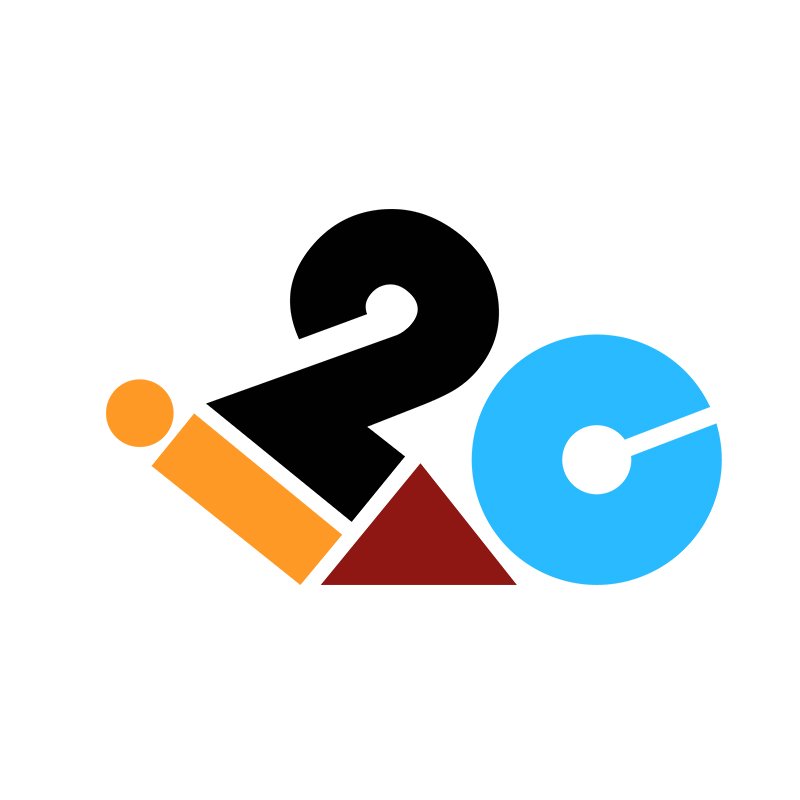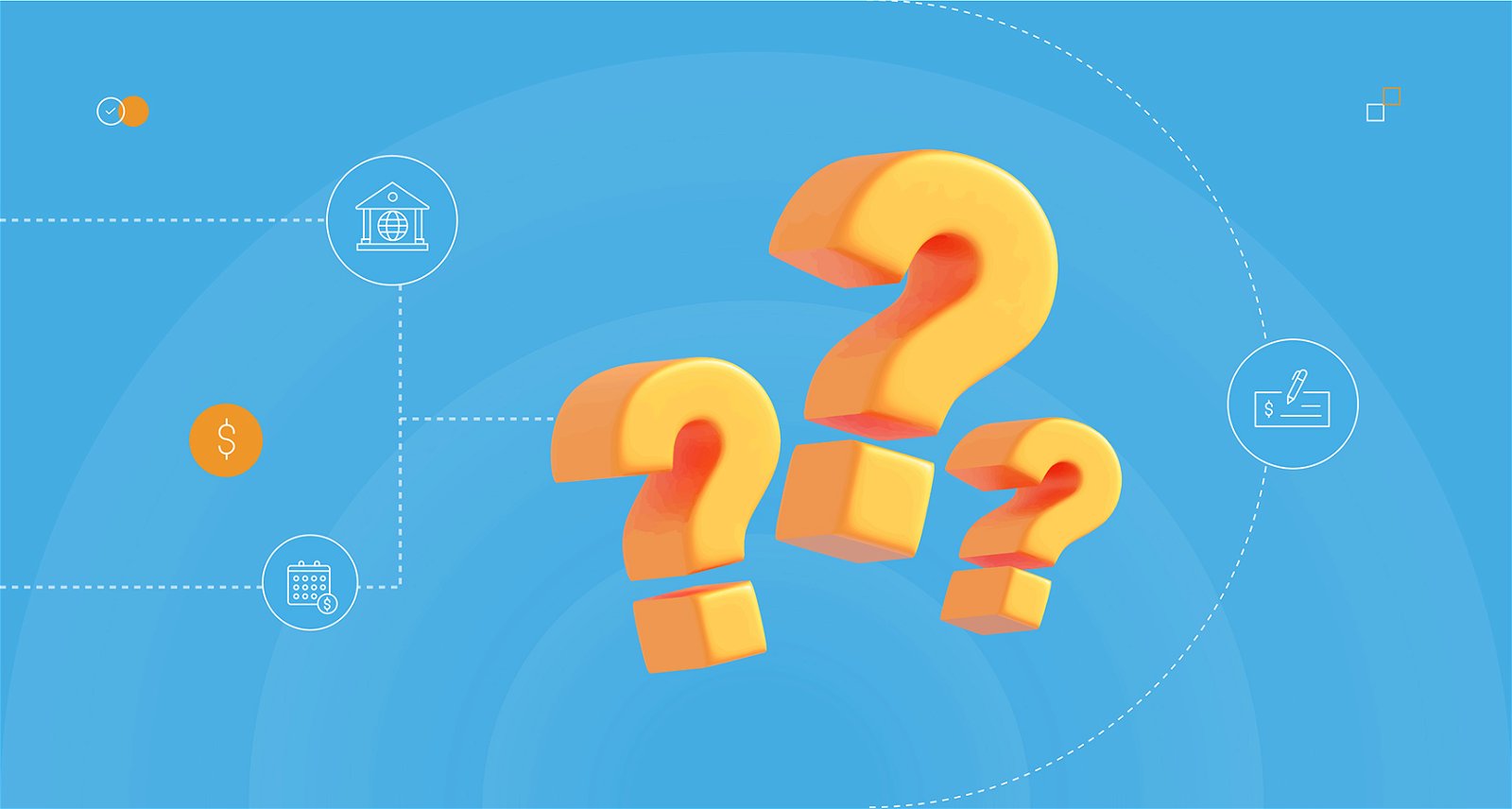By the official numbers, there are 33 million unbanked and underbanked consumers in the United States. Of those 33 million, a relatively small number are fully unbanked, lacking both a traditional checking or savings account, around 7 million or a little over 5 percent of the U.S. population. The larger share, the underbanked, represent the remaining 26 million, and are defined as consumers who have access to basic banking accounts but who are generally unable to make use of other banking services – such as loans and credit cards.
And it is the underbanked, i2c CEO Amir Wain told Karen Webster in a recent conversation, who are critically misunderstood and miscounted in the U.S. That’s because despite the popular associations in most of our minds, our understanding of underbanked customers shouldn‘t be limited to low-income, low credit score consumers who simply aren‘t qualifying for more advanced banking services. That highly limited conception of underbanked consumers, he said, misses both the scope of the problem, the number of people who have it and the scale of the opportunity in solving it.
“One way to think about this is, if you don‘t feel like a VIP at your bank, you are underbanked,” Wain said. “The questions for consumers to ask are: Does my bank really treat me as an important customer? Do they meet my financial needs? Do they treat me like a good customer?”
If the answer is no, Wain told Webster, then it’s likely that even people with six-figure incomes may still feel underserved at some large banks. That makes the opportunity well beyond prepaid cards as bank account proxies – a “much bigger opportunity.”
There is a large swath of middle-market consumers looking for a more cost-effective banking service without compromising their expectation of high-quality service. Building something better for those consumers, he said, is the next big opportunity to grab market share in banking.
“We will see a growing number of companies offering these more cost-efficient yet high-quality financial services to mainstream America,” Wain said.
The Newly-Leveled Playing Field
Until recently, having an extensive branch network was a mega differentiator for the big banks, Wain said. A primary reason one might choose a BofA or a Chase was for the assurance that one would be able to find a branch location within a few miles of almost anywhere.
“COVID has put an end to the branch network differentiation. Bank customers have learned they do things more efficiently without having to take the time to visit a branch location,” Wain said.
And as the bulk of consumers have been freed from that need, Wain said, it has also freed financial services innovators like BrightFi – with whom i2c partners to offer low-cost, feature-rich, mobile financial services – to build solutions without the costs and headaches of branch infrastructure or integrating multiple legacy systems that make it expensive for banks to offer traditional DDA accounts to consumers.
And what the numbers have demonstrated time and again to i2c is that when brands start thinking “digital first,” everything becomes much more efficient. Wain said the metrics support this belief. Digital capabilities reduce customer service minutes, reduce internal charge disputes and narrow the gap between ATM usage versus POS spend.
“We have clear-cut evidence that if you have these digitally-enabled services, you can reduce costs and make it viable and profitable business,” he said.
Getting Beyond The Binary
A move to mobile, Wain said, isn‘t a switch that can be flipped followed by a hasty declaration of victory. It’s not enough to merely offer a mobile interface with a flashy UX, he said. Offering a feature-rich, user-centric and relevant mobile experience is what matters. Basic features such as fingerprint login, easy navigation and support for a host of functions is the baseline. While they can be differentiators in your mobile banking app, you need to consider adding other services consumers want like the ability to build credit, budgeting tools, fraud monitoring, setting customized alerts, filing transaction disputes, and so on.
Wain sees the mobile interface as one that needs to go beyond just being a transaction point and more toward a full banking solution. Point solutions necessitate a whole host of technology solutions from middleware to software integration to overall compliance. “The goal is to have one solution that can solve a host of issues, comes fully integrated, and allows the consumer to kind of pick and choose the services they want or allows them to create different bundles,” he said.
Wain believes that offering banking customers a choice of mobile services, powered by a digital-first mindset, will provide a better banking experience for the mass of consumers – many more than the 33 million consumers that most analysts cite who are truly underbanked today.


